This pagoda, which records the story of Quan Zhuan!
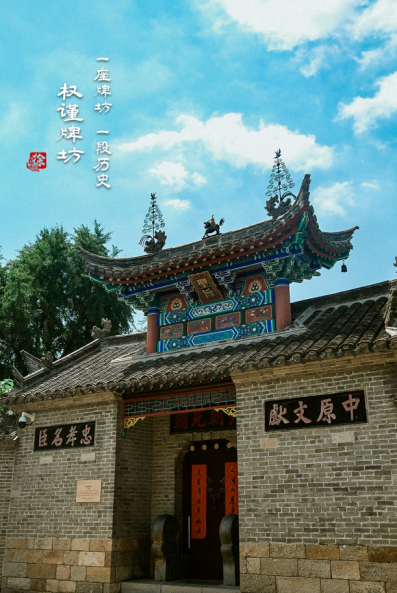
(Photo/Xu Xiangrui)
The Quan family, a famous family
The family has been handed down to Quan, and loyalty and filial piety are also heard
A pagoda is a building erected in ancient China in recognition of merit, academic excellence, virtue, and loyalty and filial piety.
Quan Zhuan pagoda is the only memorial building in the history of Xuzhou that celebrates loyalty and filial piety.

(Photo/Xu Xiangrui)
Filial piety is the core of Confucian culture, and it is said that filial piety is the first of all virtues! Quan is the only exemplary figure in the history of Xuzhou mentioned in the category of filial piety in the History of Ming Dynasty.

(Photo/Xu Xiangrui)
After losing his father at the age of ten, Quan studied hard under his mother's tutelage and embarked on a career. Later, his mother resigned from the government and returned home because of her advanced age. After his mother's death, Quan wept at her tomb for three years. Later, he became a senior scholar of Wenhua Hall and supervised the state with the prince. After the reign of Ming Emperor Renzong, he ordered his ministers to follow his example, and inscribed the words "The first auxiliary of the heavenly dynasty, a famous minister of loyalty and filial piety, a document of the Central Plains".
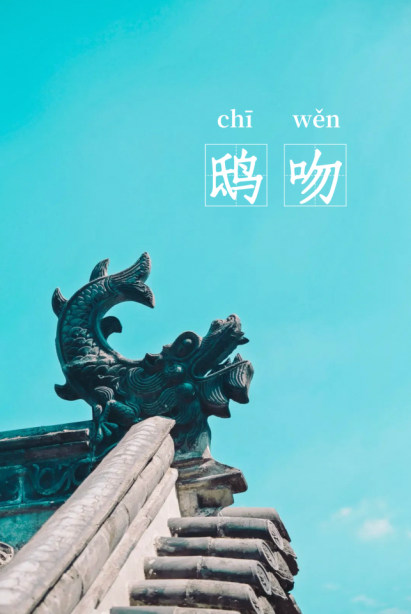
(Photo/Li Ting)
The scops is an ornament at the ends of the ridge of ancient Chinese buildings.
The two opposing scops on the ridge of a house are used to avoid fire.
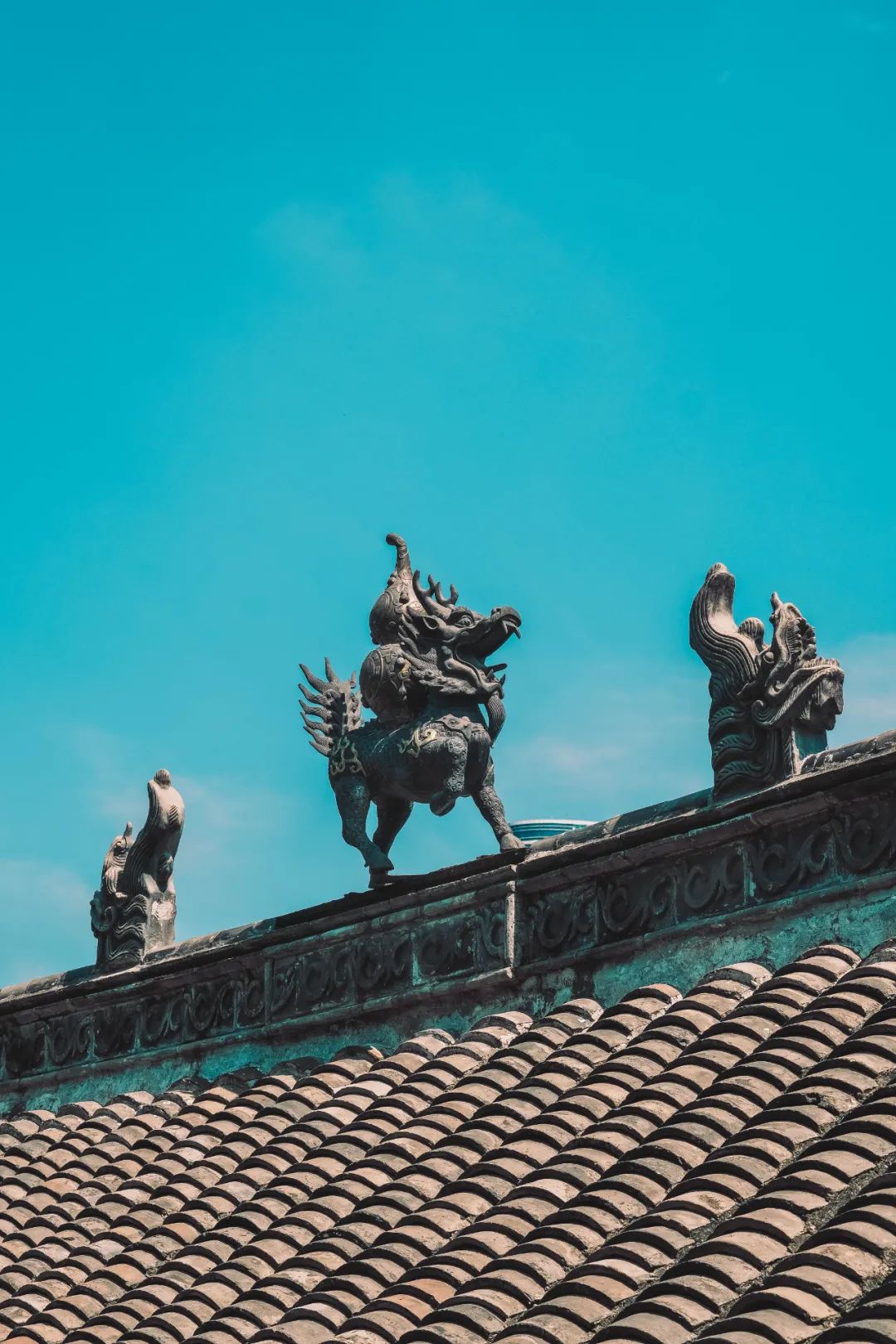
(Photo/Xu Xiangrui)
Later, the Kwon Ancestral Hall was formed on the basis of the pagoda. A couplet on the pillar in front of the ancestral hall reads, "Filial piety is the most important thing in the history of the dynasty; merit is the most important thing in the history of the dynasty".

(Photo: Li Ting)
Outside the pagoda, there is a stone tablet saying "Civilian officials dismount from sedan chairs and military officials dismount from horses". At that time, all the civil and military officials who passed by this pagoda had to dismount from their sedan chairs and horses to show their respect.
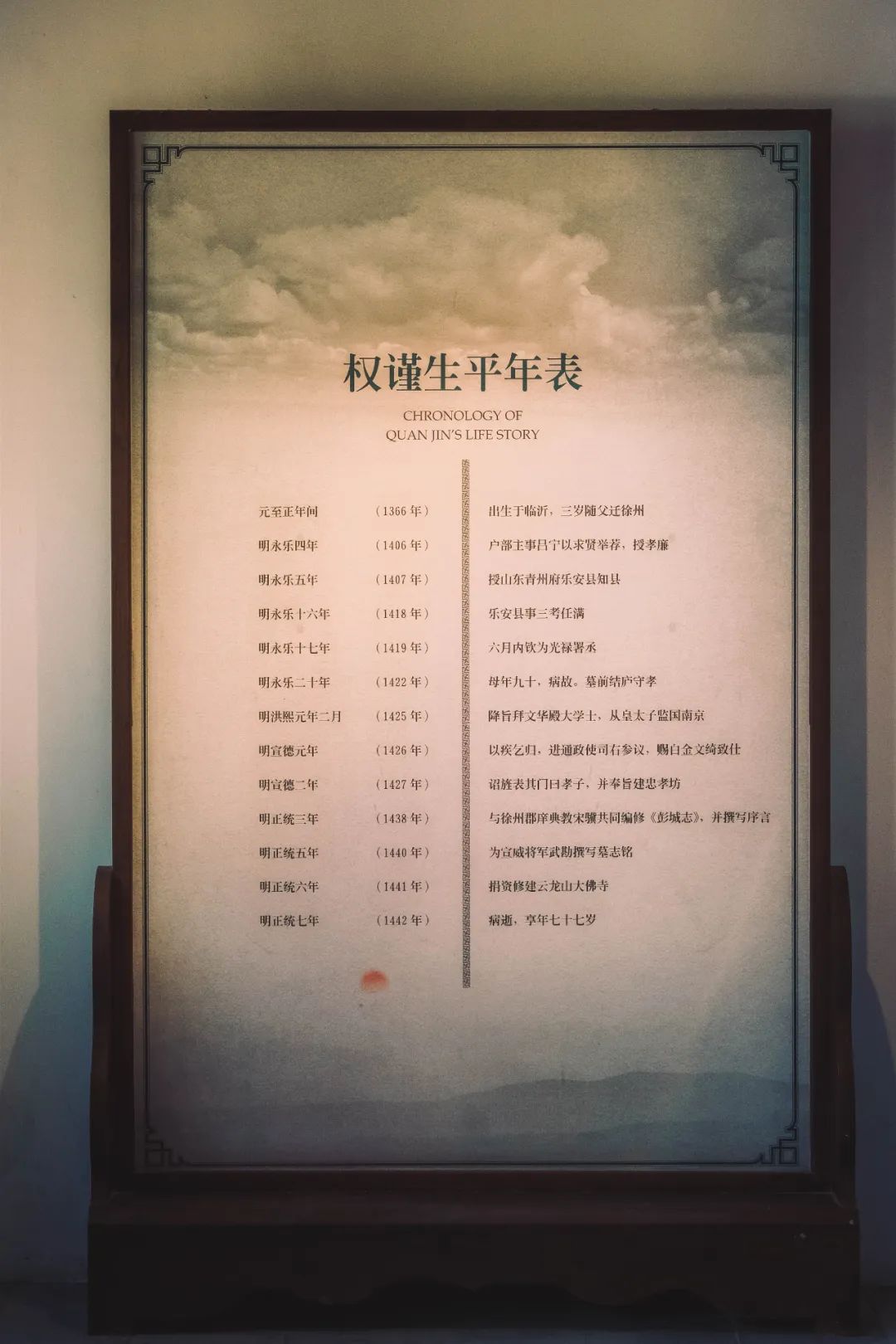
(Photo/Xu Xiangrui)
The Kwon Hon pagoda of the Ming Dynasty, which should be located in the northwest of Xuzhou, at that time, had a large hall, a gatehouse, a chamber and a stone monument. At the end of the Ming Dynasty, there was a big flood in the year of Tianqi Ming, and the ancestral hall of Quan and the Quan Zhuan Pagoda were destroyed by the flood. In the third year of Shunzhi in the Qing Dynasty (1646), it was rebuilt by decree. The reconstruction was moved to the North Gate Street, which is the essential place for the Northern Post Road and the Western Waterway to enter Xuzhou, and is also close to the government office, which is the main thoroughfare of Xuzhou. in 1987, the Quan Zhuan Pagoda was listed as a municipal-level cultural relics protection unit.
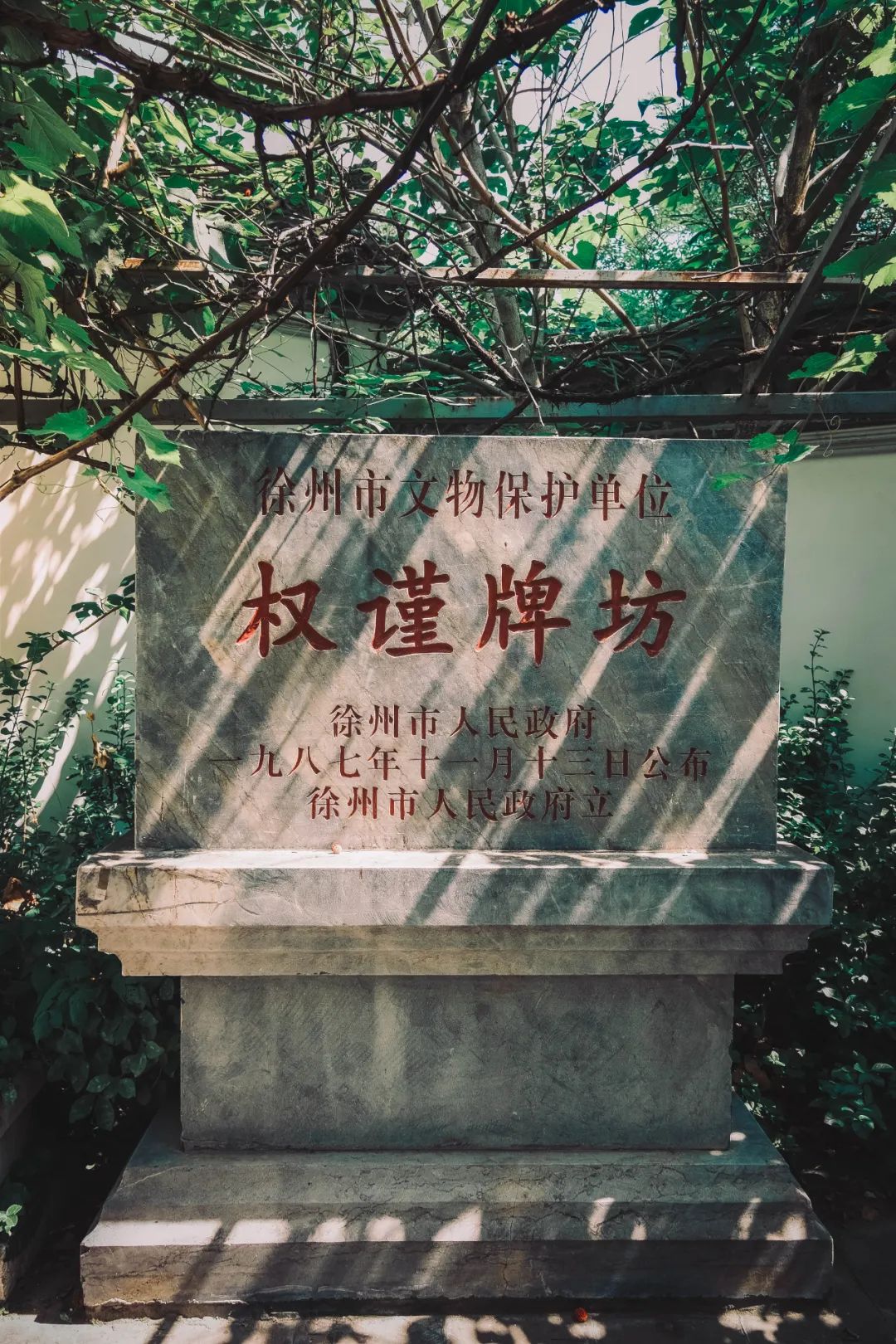
(Photo/Xu Xiangrui)
In order to protect the only royal building in Xuzhou, the pagoda was moved to Houbei Mountain in 1990, and in 2004, the Quanjian Pagoda was completed in the same architectural style as the Qing Dynasty.
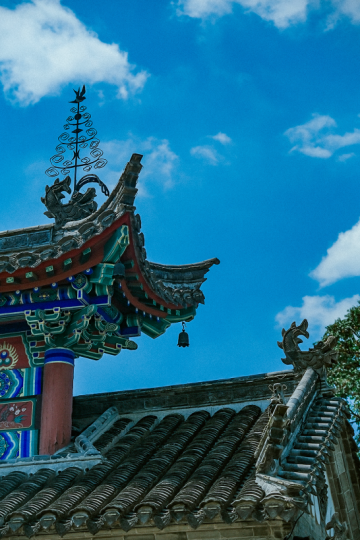
(Photo/Li Ting)
Xuande was built at the beginning, Shunzhi was rebuilt, and Houbei Mountain was built again. This is the history of the nearly 400 years of relocation of Xuzhou Quanjian Pagoda.

(Photo/Li Ting)
The only memorial building in Xuzhou's history that celebrates loyalty and filial piety
Even words can't tell its story
In the wasted years
It deserves to be remembered in our hearts
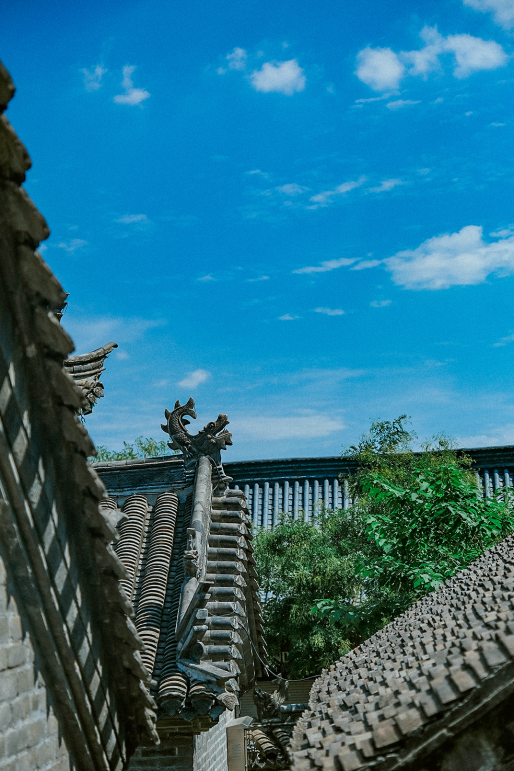
(Photo/Li Ting)
The Quan family, with Quan Zhuan as the ancestor, has been passed down for more than 20 generations.
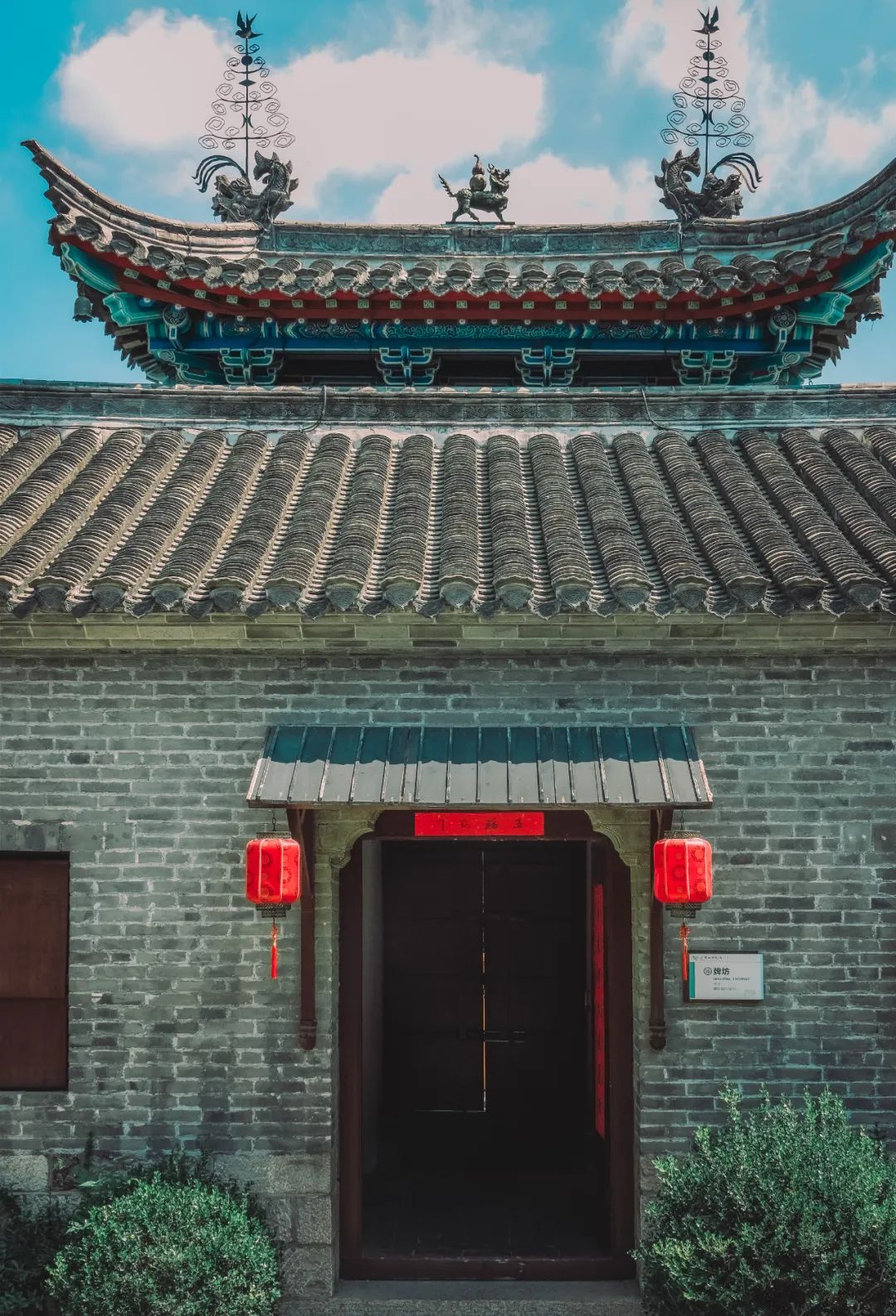
(Photo/Xu Xiangrui)
Since then
Every year, during the Qingming Festival
The descendants of the Quan family come from various places
to pay homage to their ancestors here.
///
If old buildings are the memory of the city
Then history is the soul of the city